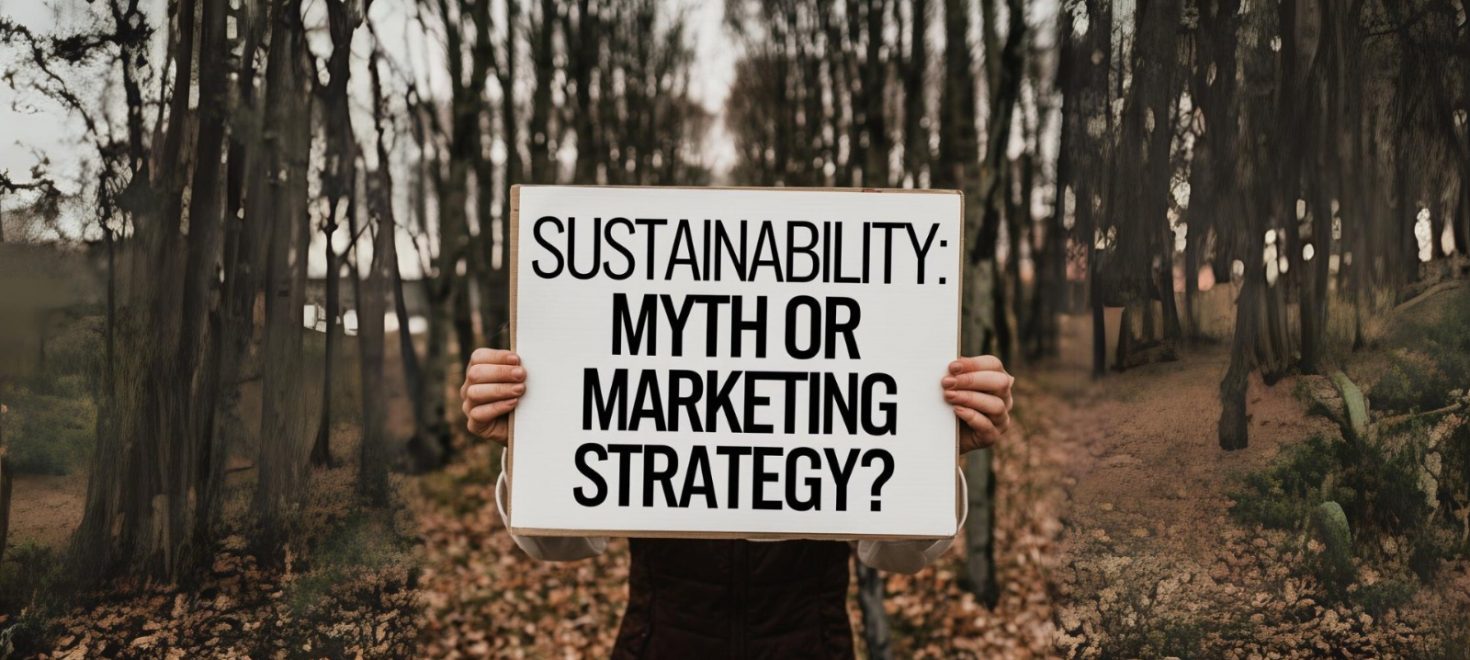Sustainability has become a catchphrase in the apparel retail industry, with brands touting eco-friendly practices, sustainable materials, and ethical production processes. But behind the greenwashed marketing campaigns, many argue that sustainability in apparel retail is more of a myth than a reality—an attractive strategy designed to appeal to the growing base of environmentally conscious consumers. While the intent to promote sustainability is commendable, the actual impact of these efforts often falls short of the lofty promises made by brands.
The Myth of Sustainability in Apparel Retail
The apparel industry is one of the largest polluters in the world, responsible for significant carbon emissions, water usage, and waste generation. Despite the increasing number of brands claiming to be sustainable, the reality is that true sustainability in apparel retail is incredibly challenging to achieve. Several factors contribute to the perception that sustainability is more of a marketing strategy than a genuine commitment:
- Greenwashing: Many brands promote sustainability through superficial changes or by highlighting a few eco-friendly products, while the majority of their operations remain environmentally harmful. This practice, known as greenwashing, misleads consumers into believing that the brand is more sustainable than it actually is.
- Fast Fashion’s Dominance: The fast fashion model, which thrives on producing high volumes of low-cost clothing quickly and cheaply, is fundamentally at odds with sustainability. Despite some fast fashion brands introducing “conscious” or “eco-friendly” lines, their core business model continues to drive overconsumption and waste.
- Supply Chain Transparency: True sustainability requires full transparency throughout the supply chain, from raw material sourcing to production and distribution. However, many brands lack visibility into their supply chains, making it difficult to verify the sustainability claims they make.
- Limited Impact of Sustainable Collections: While some brands offer sustainable collections, these often represent only a small fraction of their overall product offerings. The impact of these collections on reducing the brand’s overall environmental footprint is minimal.
- Consumer Behaviour: Despite growing awareness of sustainability, consumer behaviour often contradicts sustainable practices. The demand for cheap, trendy clothing continues to drive the fast fashion industry, undermining efforts to promote sustainable consumption.
The Path to True Sustainability: Measures Brands Should Undertake
While the challenges are significant, it is possible for apparel brands to move beyond marketing hype and genuinely contribute to environmental sustainability. To do so, they must adopt comprehensive and transparent practices that address the entire lifecycle of their products. Here are some key measures brands should undertake:
- Sustainable Material Sourcing:
- Use of Organic and Recycled Materials: Brands should prioritize the use of organic cotton, recycled polyester, and other sustainable materials that have a lower environmental impact. This reduces the reliance on resource-intensive and polluting raw materials.
- Innovative Fabrics: Investing in the development and adoption of innovative fabrics, such as those made from agricultural waste or biodegradable materials, can further reduce the environmental footprint of clothing.
- Ethical Production Practices:
- Fair Labor Practices: Ensuring fair wages, safe working conditions, and ethical labor practices throughout the supply chain is crucial for sustainable production. Brands should partner with factories that adhere to strict labour standards and regularly audit their suppliers.
- Waste Reduction: Implementing zero-waste design techniques, such as pattern efficiency and upcycling, can minimize fabric waste during production. Brands should also explore ways to reduce waste in their packaging and distribution processes.
- Supply Chain Transparency:
- Traceability: Brands must establish full traceability of their supply chains, from raw material sourcing to the finished product. This involves mapping out suppliers at every stage and providing consumers with clear, verifiable information about the origin and production of their garments.
- Third-Party Certifications: Obtaining certifications from recognized organizations, such as GOTS (Global Organic Textile Standard) or Fair Trade, can help brands demonstrate their commitment to sustainable practices.
- Circular Economy Initiatives:
- Product Lifespan Extension: Encouraging consumers to buy less but buy better through durable and high-quality clothing helps reduce the frequency of purchases and the resulting waste.
- Take-Back Programs: Brands can implement take-back programs that allow customers to return old garments for recycling or repurposing. This helps to close the loop on clothing waste and promotes a circular economy.
- Repair and Reuse Services: Offering repair services or promoting DIY repair can extend the lifespan of garments and reduce the need for new purchases.
- Carbon Neutrality:
- Energy Efficiency: Brands should invest in energy-efficient technologies and renewable energy sources for their production facilities. Reducing the carbon footprint of manufacturing processes is essential for lowering overall environmental impact.
- Offsetting Emissions: For unavoidable emissions, brands can invest in carbon offset projects, such as reforestation or renewable energy initiatives, to achieve carbon neutrality.
- Sustainable Retail Practices:
- Eco-Friendly Stores: Brands can design their retail spaces with sustainability in mind, using energy-efficient lighting, low-impact materials, and waste reduction practices in their stores.
- Digital Innovations: Encouraging online shopping with a focus on reducing carbon emissions through optimized logistics and sustainable packaging can contribute to more environmentally friendly retail practices.
Conclusion
Sustainability in the apparel retail space is a complex and challenging goal that requires more than just clever marketing. While many brands have embraced the language of sustainability, true commitment to environmentally friendly practices involve deep and systemic changes across the entire supply chain. By focusing on sustainable materials, ethical production, transparency, and circular economy initiatives, brands can move beyond the myth of sustainability and make a genuine impact on the environment. For consumers, it’s essential to look beyond the greenwashed narratives and support brands that demonstrate a real, measurable commitment to sustainable practices.



Leave a Comment